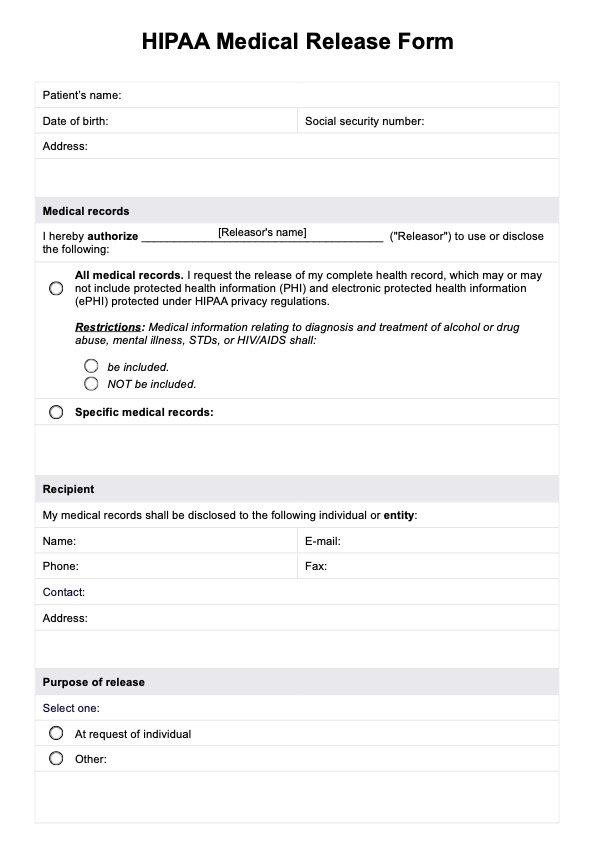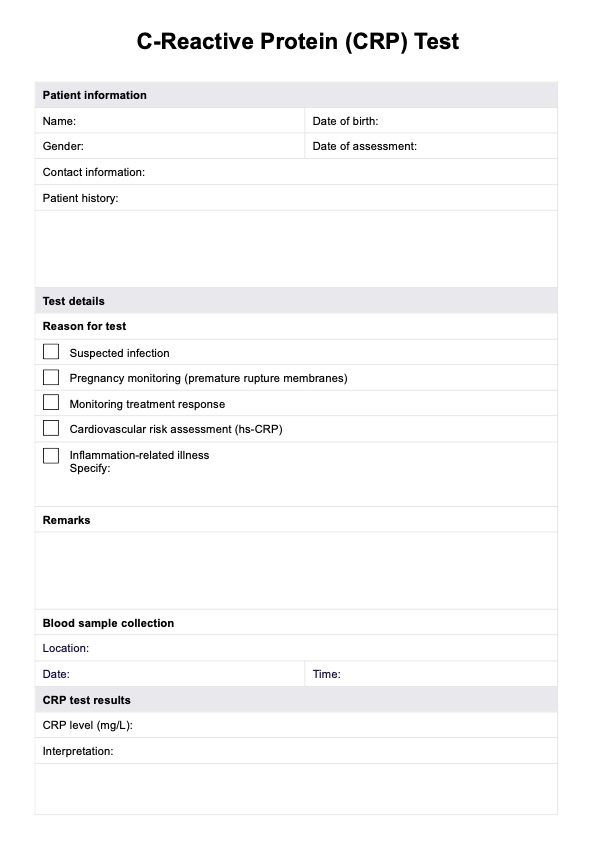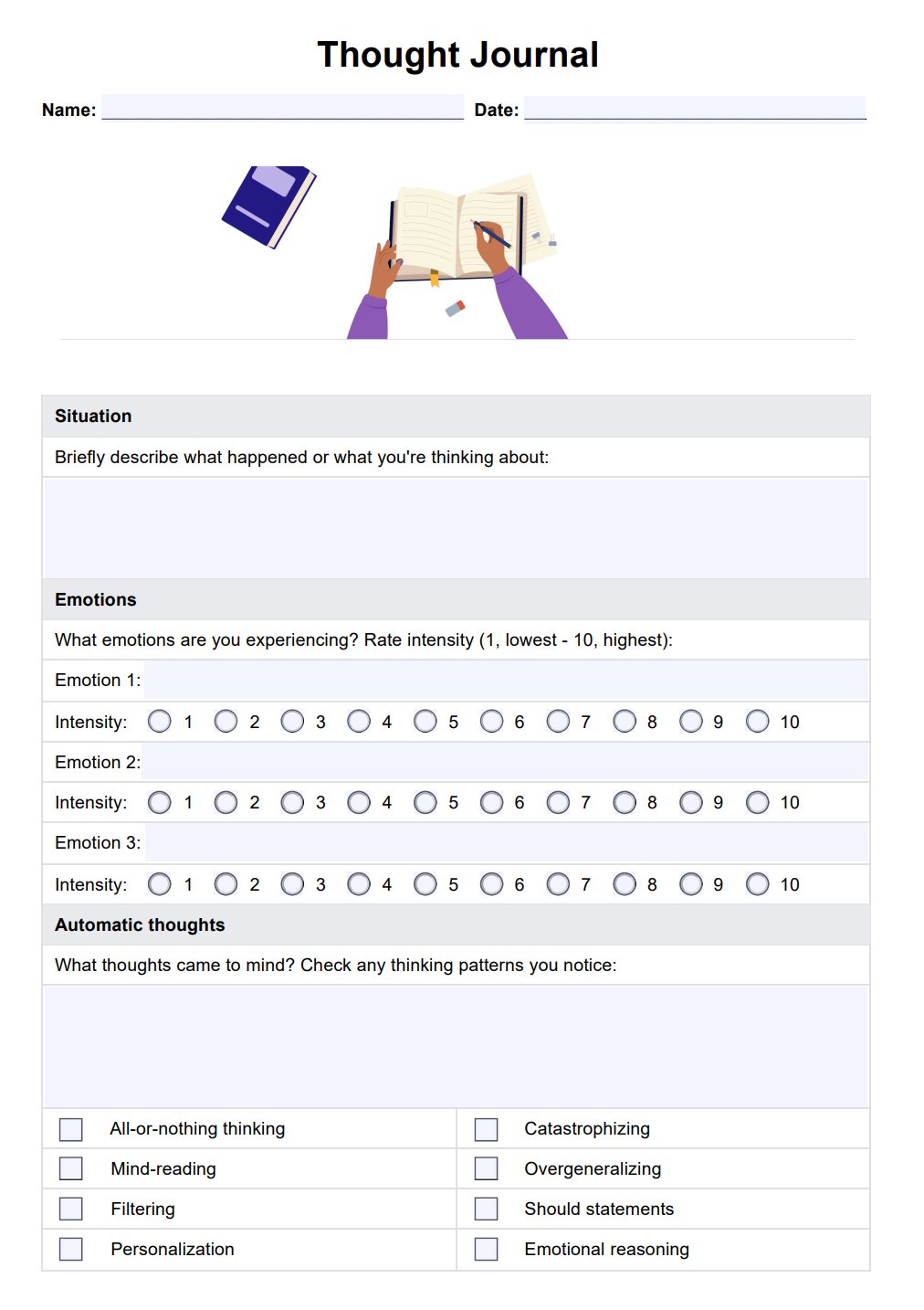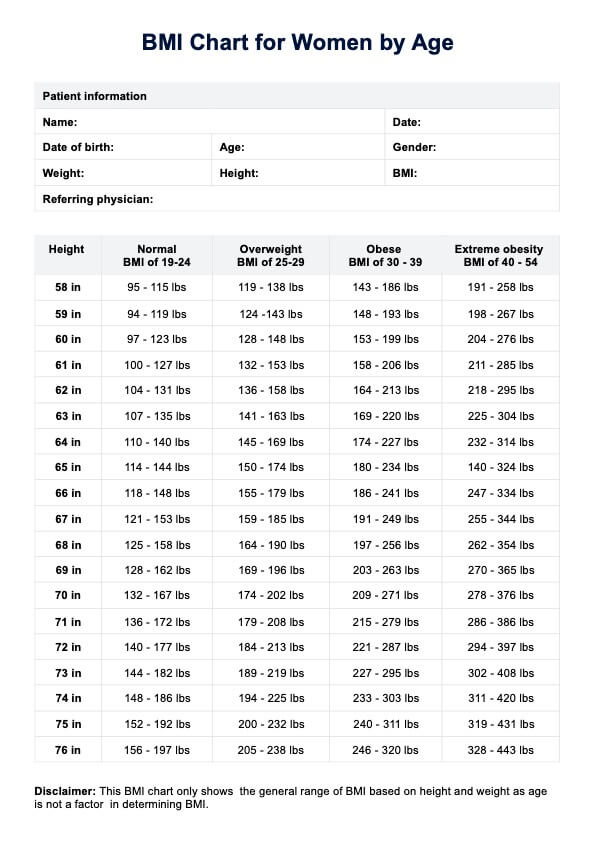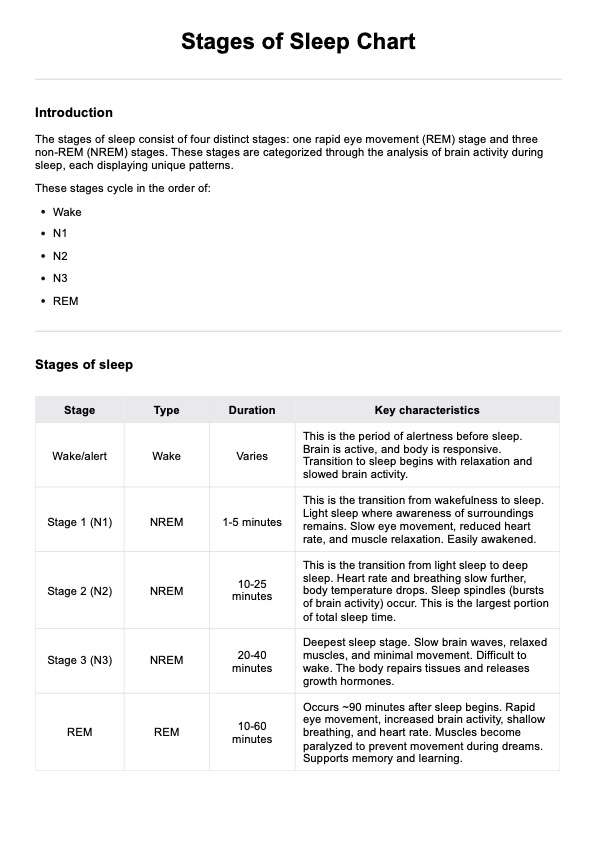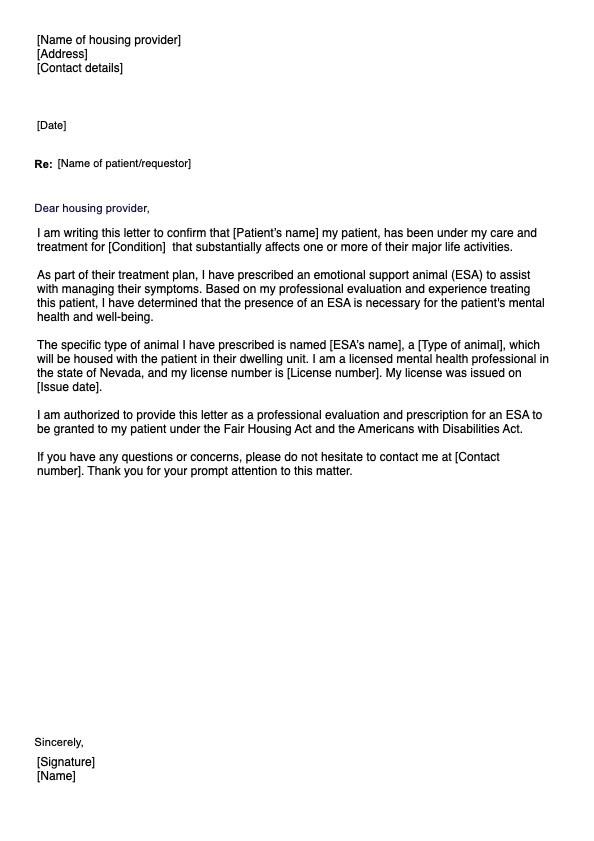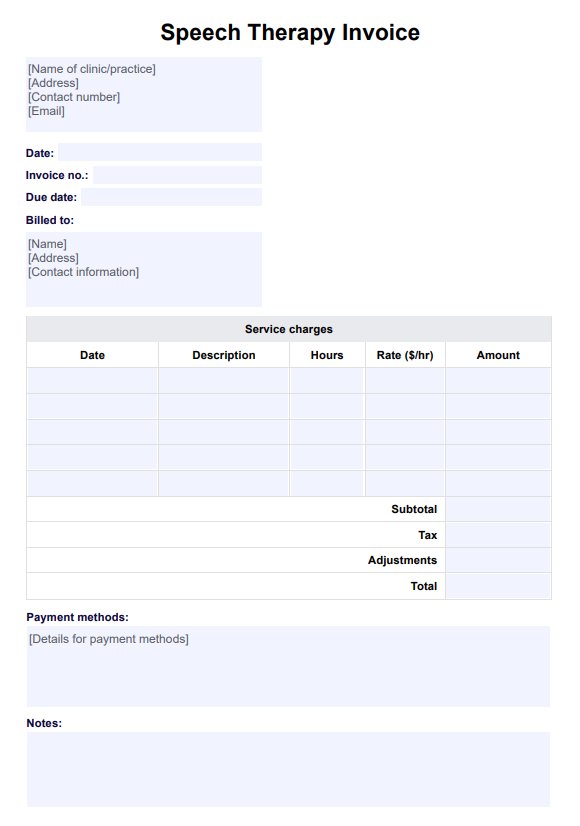Los líquidos intravenosos están indicados para el mantenimiento rutinario, la reposición de líquidos en caso de déficit y la reanimación con líquidos en caso de shock.
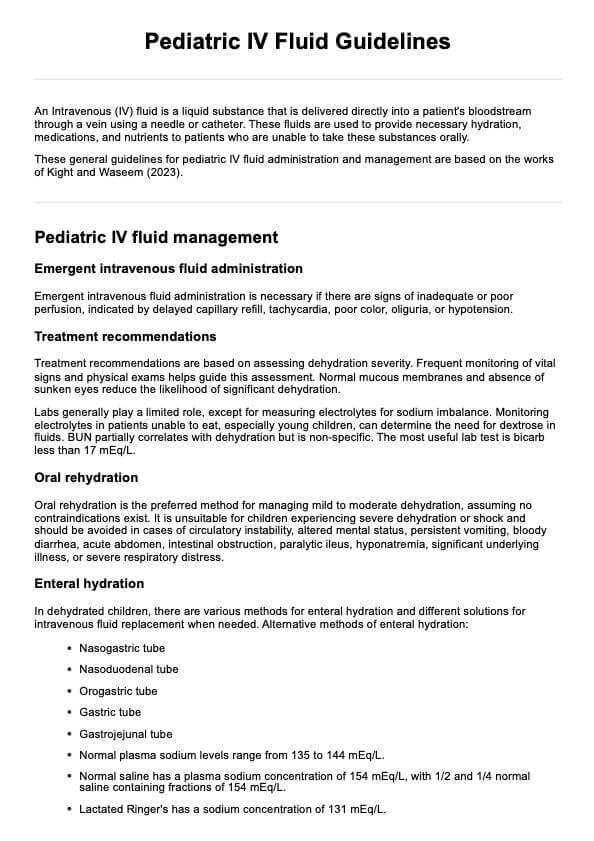
Pautas de líquidos intravenosos pediátricos (IV)
Infórmese sobre la administración de líquidos IV en pacientes pediátricos. Descargue aquí el folleto gratuito Guías de fluidos IV pediátricos.
Use Template
Pautas de líquidos intravenosos pediátricos (IV) Template
Commonly asked questions
Las dosis intravenosas de mantenimiento se calculan mediante la fórmula Holliday-Segar en función del peso del niño.
La monitorización de la ingesta/salida, los electrolitos y los signos de sobrecarga de líquidos es fundamental para garantizar un mantenimiento seguro y eficaz de la administración de líquidos intravenosos.
EHR and practice management software
Get started for free
*No credit card required
Free
$0/usd
Unlimited clients
Telehealth
1GB of storage
Client portal text
Automated billing and online payments


